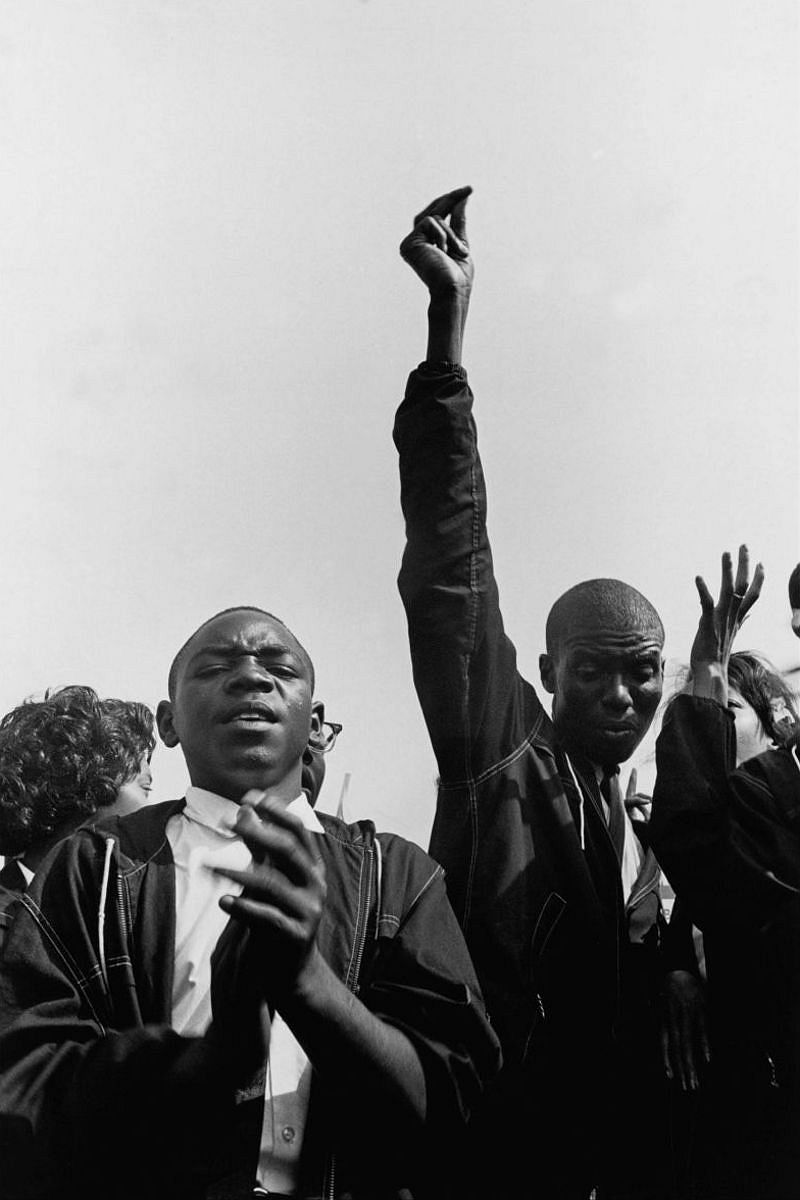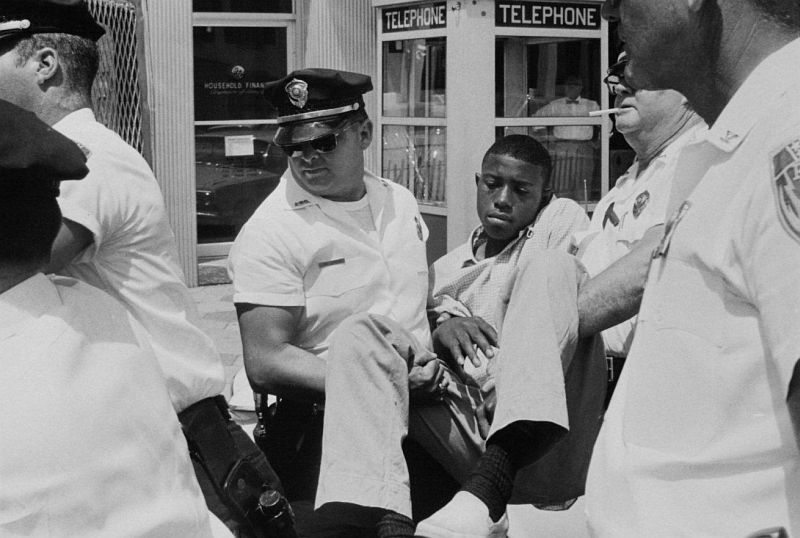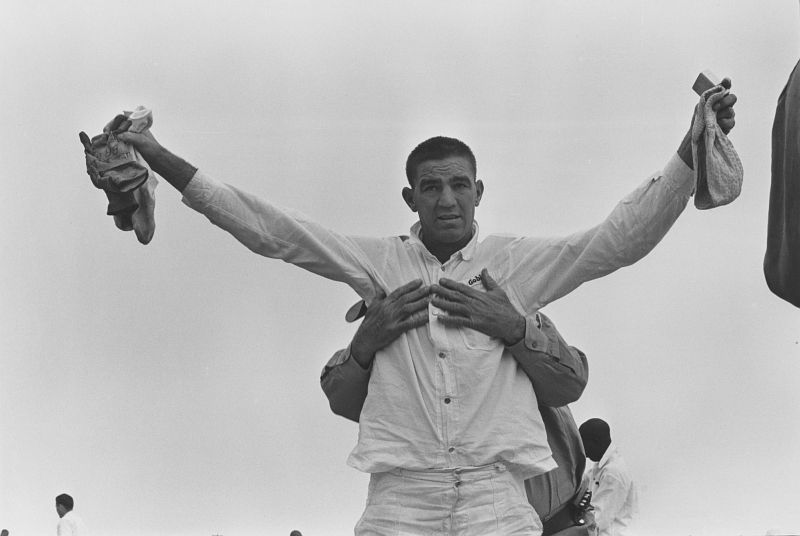“I am left feeling the people I photograph are the best people in America. I leave to the future the only thing I saw worth leaving.” –Danny Lyon, 1967
Danny Lyon once described the writer James Agee as, “a romantic who adored reality,” an epithet equally apt to characterize him. The photographer made a name for himself in the 1960s with an embedded style of reportage, capturing a compelling beauty in the places and people he befriended across the country, from student leaders of the civil rights movement to convicts in Texas prisons. Subsequently, Lyon turned to non-fiction film as a means to further explore the narrative strands of living reality. He has also continued to make photographs, expanding his focus beyond the United States to work in Colombia, Mexico, Haiti, and China, among other places, as well as turning the lens on himself and his family.
Lyon has described himself as having a short attention span and it is perhaps this that has driven him to explore such different worlds, from the emptiness of condemned buildings to the adventure of the open road. But the diverse subjects are united through his attentive respect; he gets to know his subjects as they really are—the good with the ugly—falls fleetingly in love with some, makes heroes of others. There is power in such attraction and, as Lyon has explained, fact can be discovered, “through forms and beauty. In the most beautiful pictures the truth is easiest seen.”
Drawn from the David Winton Bell Gallery collection, the exhibition presents photographs from four of Lyon’s most significant series—Memories of the Southern Civil Rights Movement (1962–1964), The Bikeriders (1963–1966), The Destruction of Lower Manhattan (1966–1967), and Conversations with the Dead (1967–1968)—supplemented by films. Disparate though their subjects are, the photographs engage in dialogue with each other across time, space, and circumstances.
The Only Thing I Saw Worth Leaving is organized around five such shared principles that Lyon has referred to time and again in discussing his work: empathy, freedom, history, destruction, and narrative. Each section of the exhibition brings together photographs from different bodies of work that engage one of these principles with particular sensitivity, alongside a core group of images from one of the series. This pairing was, to a certain degree, random; each of the series could have been matched with any term. This is the strength of Lyon’s vision, and the vital insistence of his subjects to be seen.
Danny Lyon
The Only Thing I Saw Worth Leaving
November 2 – December 19
David Winton Bell Gallery, Brown University
64 College St, Providence, RI, USA
www.brown.edu

Danny Lyon, The March on Washington, August 28, 1963 Gelatin silver print Gift of Susanna Aaron and Gary Ginsberg ‘84, P ‘21 Copyright Danny Lyon/Magnum Photos

Danny Lyon, Arrest of Eddie Brown, 1962, Gelatin silver print Gift of Susanna Aaron and Gary Ginsberg ‘84, P ‘21 Copyright Danny Lyon/Magnum Photos

Danny Lyon, Scrambles Track, McHenry, Illinois, 1965, Gelatin silver print Gift of Ron Beller Copyright Danny Lyon/Magnum Photos

Danny Lyon, Shakedown, Ellis Unit, Texas, 1967-68, Gelatin silver print Gift of Jeanne Press and Richard S. Press ‘60, P ‘90, P ‘08, P ‘12 Copyright Danny Lyon/Magnum Photos






